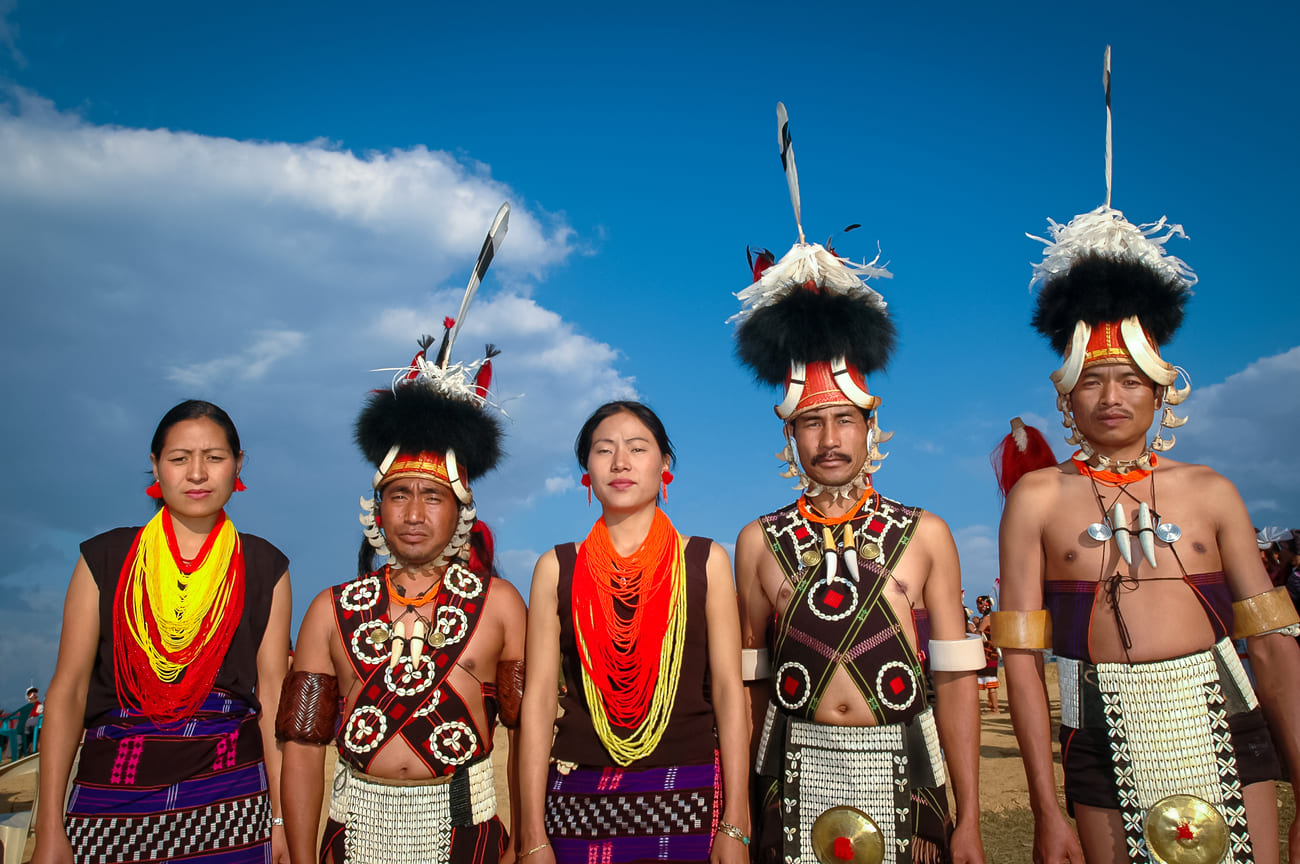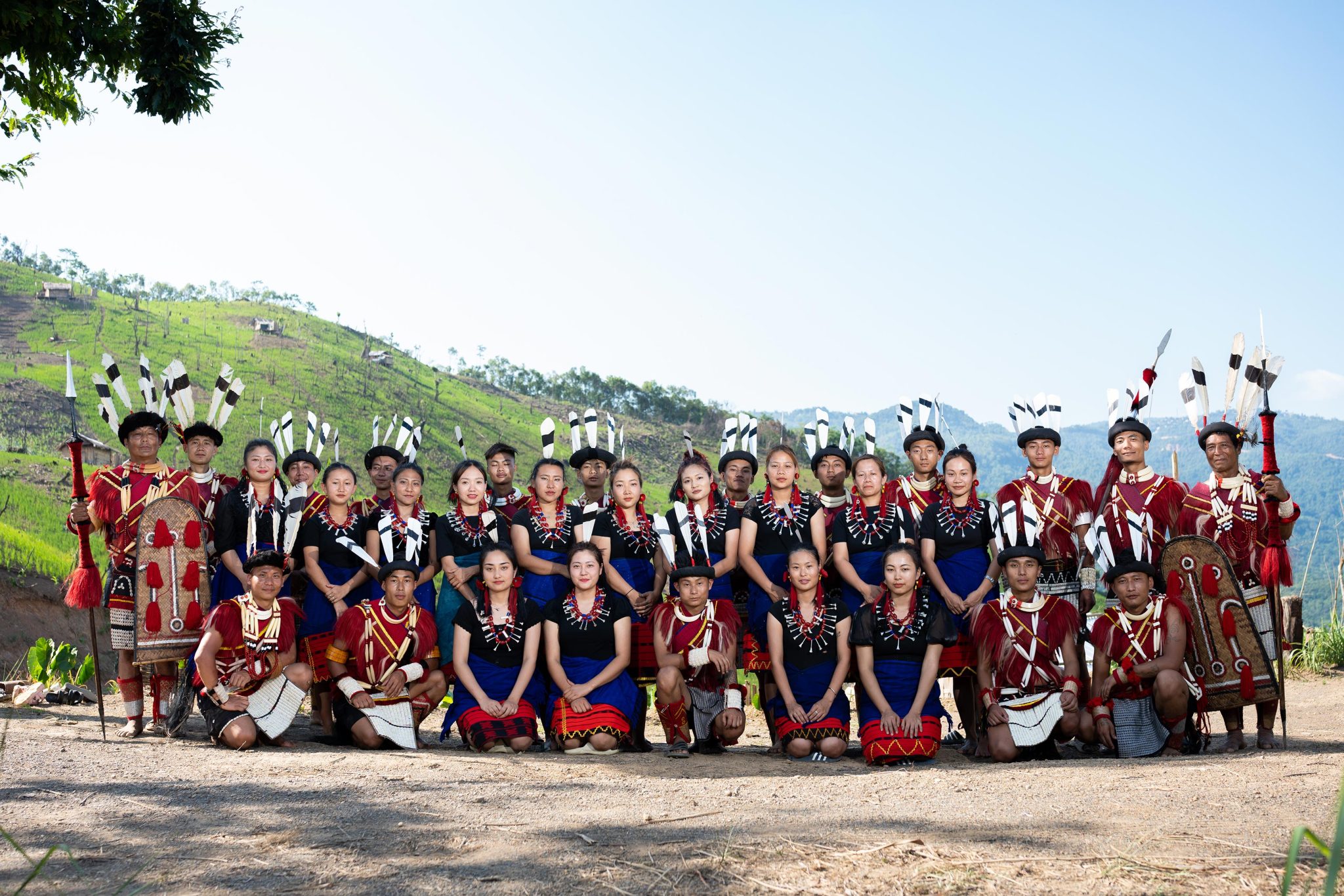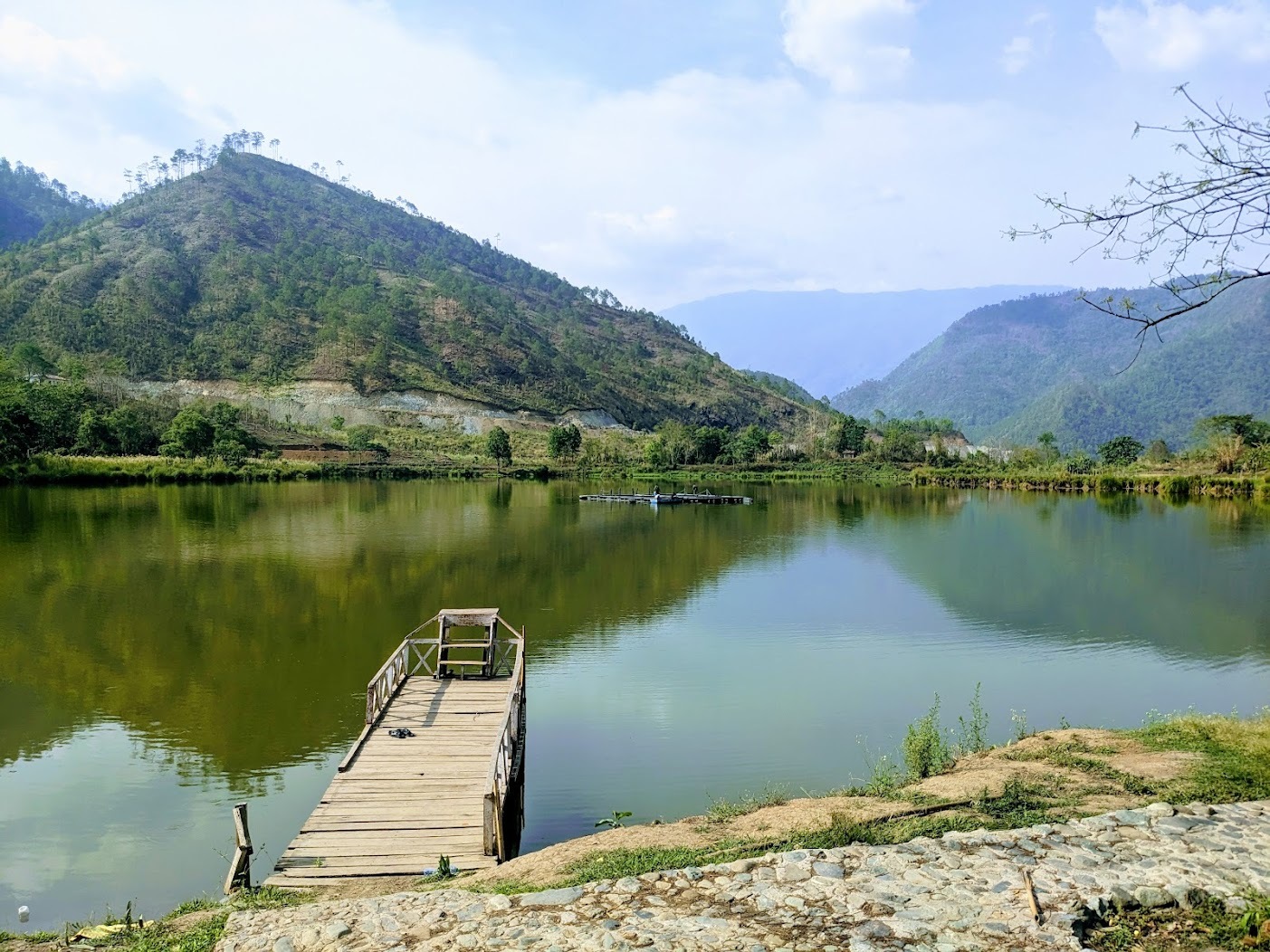Hornbill Festival: The Vibrant Heartbeat of Nagaland
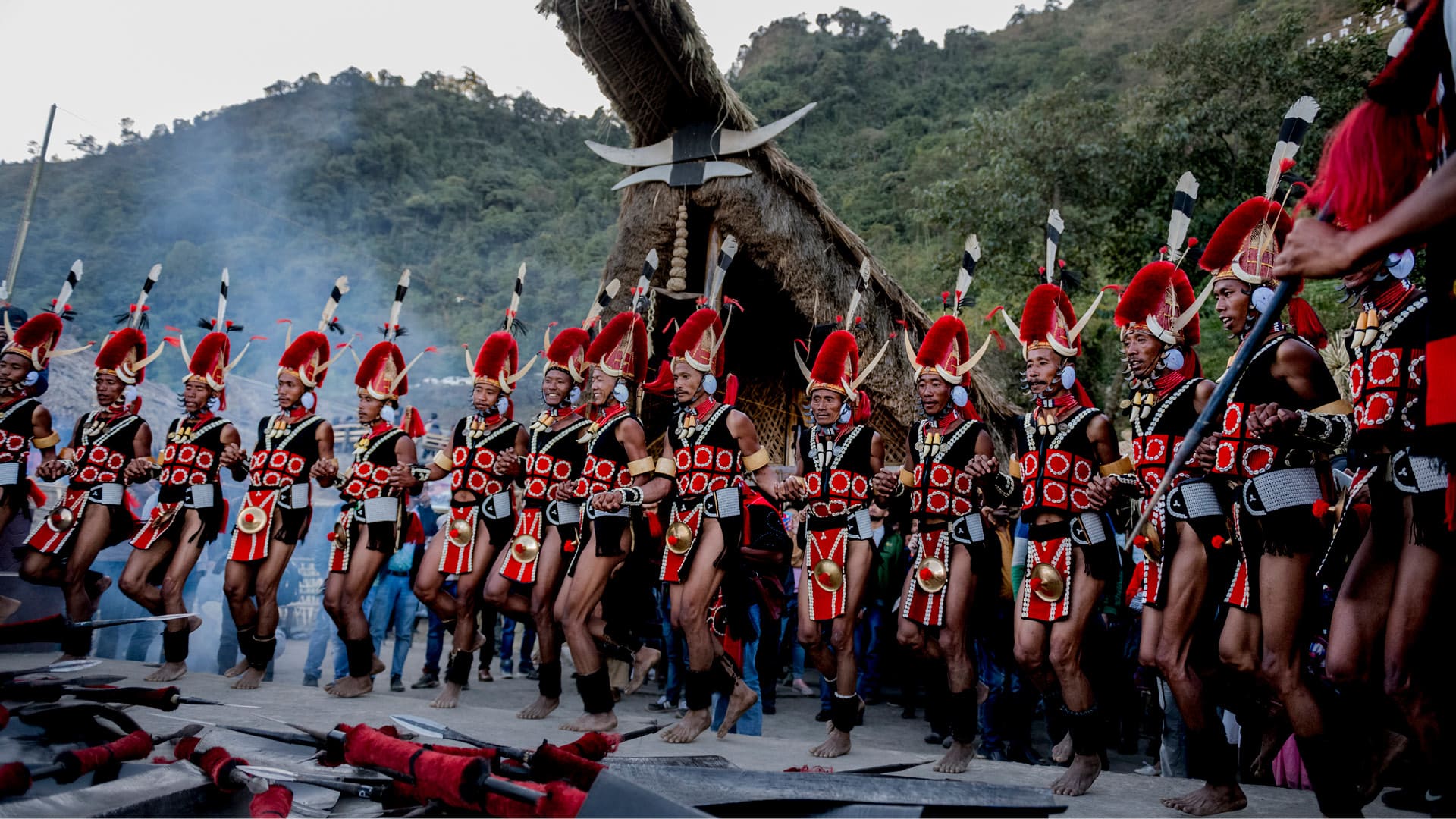
Imagine a place where ancient war chants echo through rolling hills, where the air is thick with the smell of smoked pork and bamboo shoots, and where every color imaginable is woven into the shawls and headdresses of proud warriors and graceful dancers. This isn't a scene from a fantasy novel; it's the Hornbill Festival, the grandest cultural celebration in India's northeastern state of Nagaland.
Held every year from December 1st to the 10th, the Hornbill Festival is affectionately known as the "Festival of Festivals." And for a good reason. It's a magnificent spectacle that brings together all the major tribes of Nagaland onto one vibrant stage, creating a cultural mosaic that is as diverse as it is breathtaking.
A Festival with a Purpose
Launched by the Nagaland government in 2000, the festival was created with a clear vision: to preserve, protect, and revive the incredibly rich cultural heritage of its people. In a world of rapid modernization, there was a real fear that the unique traditions, languages, and art forms of the Naga tribes could fade away. The Hornbill Festival acts as a powerful antidote, encouraging the younger generation to embrace their roots and share them with pride.
It's also a brilliant initiative to promote tourism. For years, Nagaland was a hidden gem, a remote land of mystique. The festival has thrown open the doors, inviting the world to witness its wonders, boosting the local economy, and fostering a sense of global community.
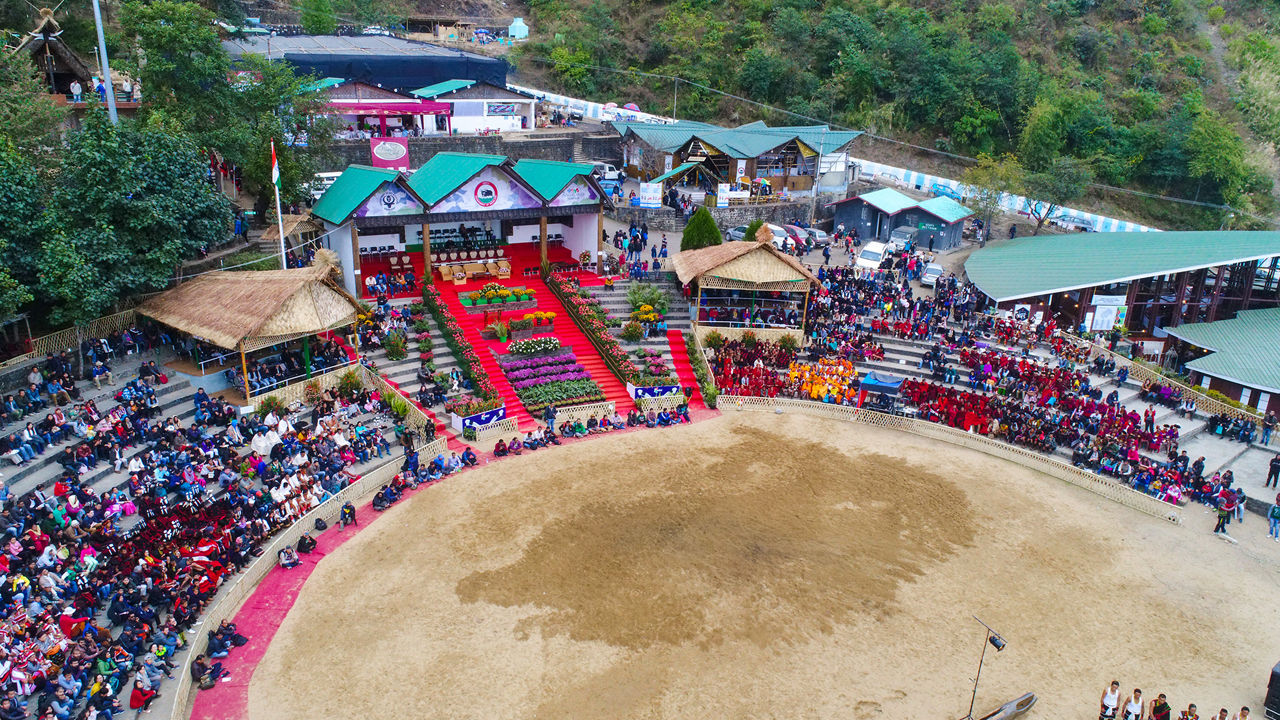 Where the Magic Happens: Kisama Heritage Village
Where the Magic Happens: Kisama Heritage Village
The festival's home is the specially-built Naga Heritage Village at Kisama, located about 12 kilometers from the state capital, Kohima. This isn't just a venue; it's an open-air museum. The village features a collection of morungs, which are traditional Naga bachelor dormitories, each designed in the distinct architectural style of one of the major tribes.
Walking through Kisama during the festival feels like time-traveling through different tribal lands. In one corner, you might hear the log drums of the Konyak tribe, while in another, you'll see the intricate beadwork of the Angami people. Each morung becomes a lively hub where visitors can interact with the tribe members, learn about their customs, and even share a sip of zutho, the local rice beer.
A Feast for the Senses
The Hornbill Festival is an all-out assault on the senses—in the best way possible!
Sound: The air is never silent. It's filled with a symphony of folk songs telling tales of love and bravery, the rhythmic thumping of feet during warrior dances, the high-pitched calls of performers, and, in the evenings, the electrifying sounds of the Hornbill International Rock Contest, where bands from all over the country compete.
Sight: The visual splendor is overwhelming. The traditional attire of the Naga tribes is a spectacle in itself. Think elaborate headdresses made of Hornbill feathers (now mostly replicas to protect the bird), boar tusks, and dyed goat hair. Shawls woven with symbolic patterns tell stories of the wearer's social status and achievements. The sheer pageantry of hundreds of performers in full traditional regalia is a sight you'll never forget.
Taste: Get ready for a culinary adventure! The food stalls at the festival offer an authentic taste of Naga cuisine. Be prepared for bold flavors, with an emphasis on smoked meats, fermented bamboo shoots, and a variety of local herbs. The star of the show is the infamous bhut jolokia, or ghost pepper, one of the hottest chilies in the world. For the truly daring, there's the Naga Chili Eating Competition—a fiery challenge not for the faint of heart!
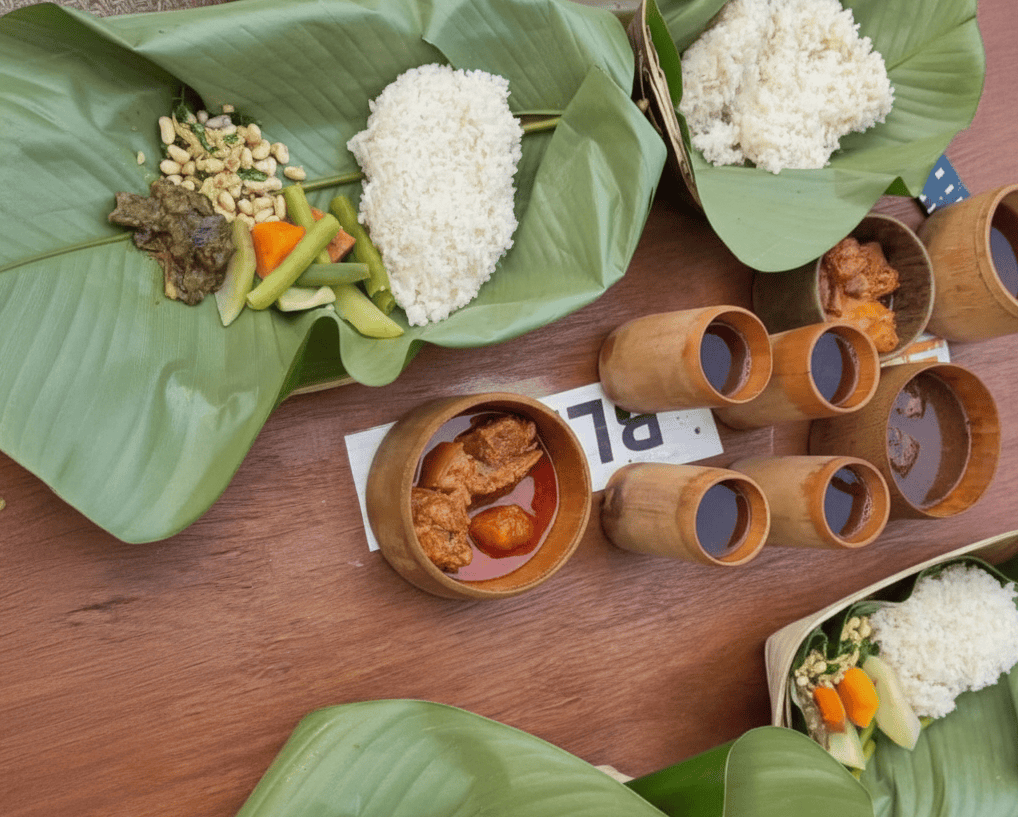 More Than Just Song and Dance
More Than Just Song and Dance
While the cultural performances are the main draw, the festival is packed with a wide array of activities. There are indigenous games and sports that test strength and skill, such as traditional wrestling and archery. You can browse the craft exhibitions, where you'll find exquisite wood carvings, handmade pottery, and beautiful woven baskets. There are also fashion shows that creatively blend traditional textiles with modern designs, literary events, and even a vintage car rally. The festival is a living, breathing celebration that has something for everyone.
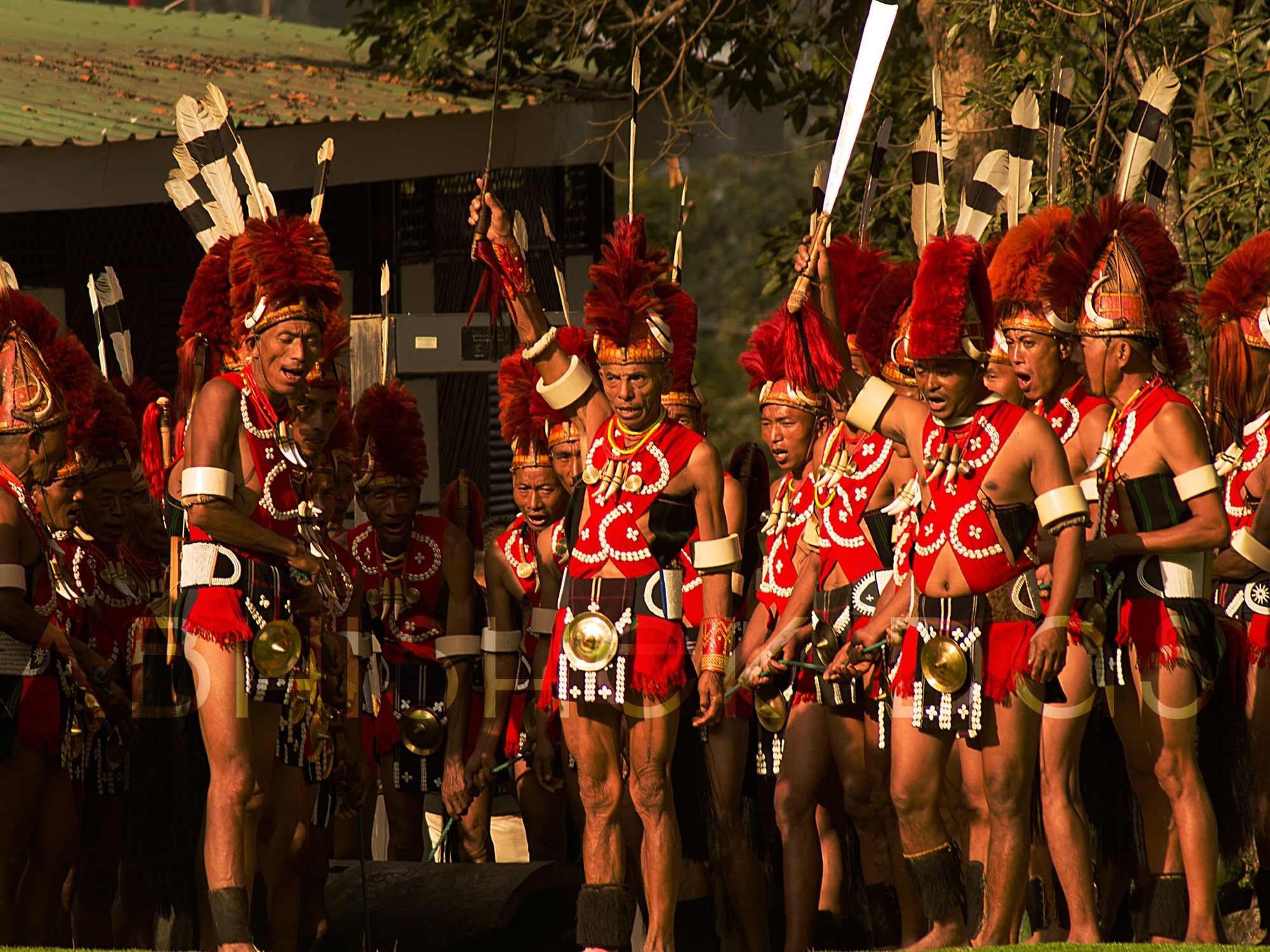 The Spirit of the Hornbill
The Spirit of the Hornbill
The festival is named after the Indian Hornbill, a bird that is deeply respected and revered in Naga folklore. Its feathers are a symbol of status and are proudly worn in traditional headgear. The bird's majestic and social nature perfectly embodies the spirit of the festival—a gathering that is grand, proud, and built on community.
Ultimately, the Hornbill Festival is more than just a 10-day event. It's a powerful statement of identity, a celebration of unity in diversity, and a joyous invitation to experience the soul of Nagaland. It’s a place where stories are not just told but are sung, danced, and lived.

